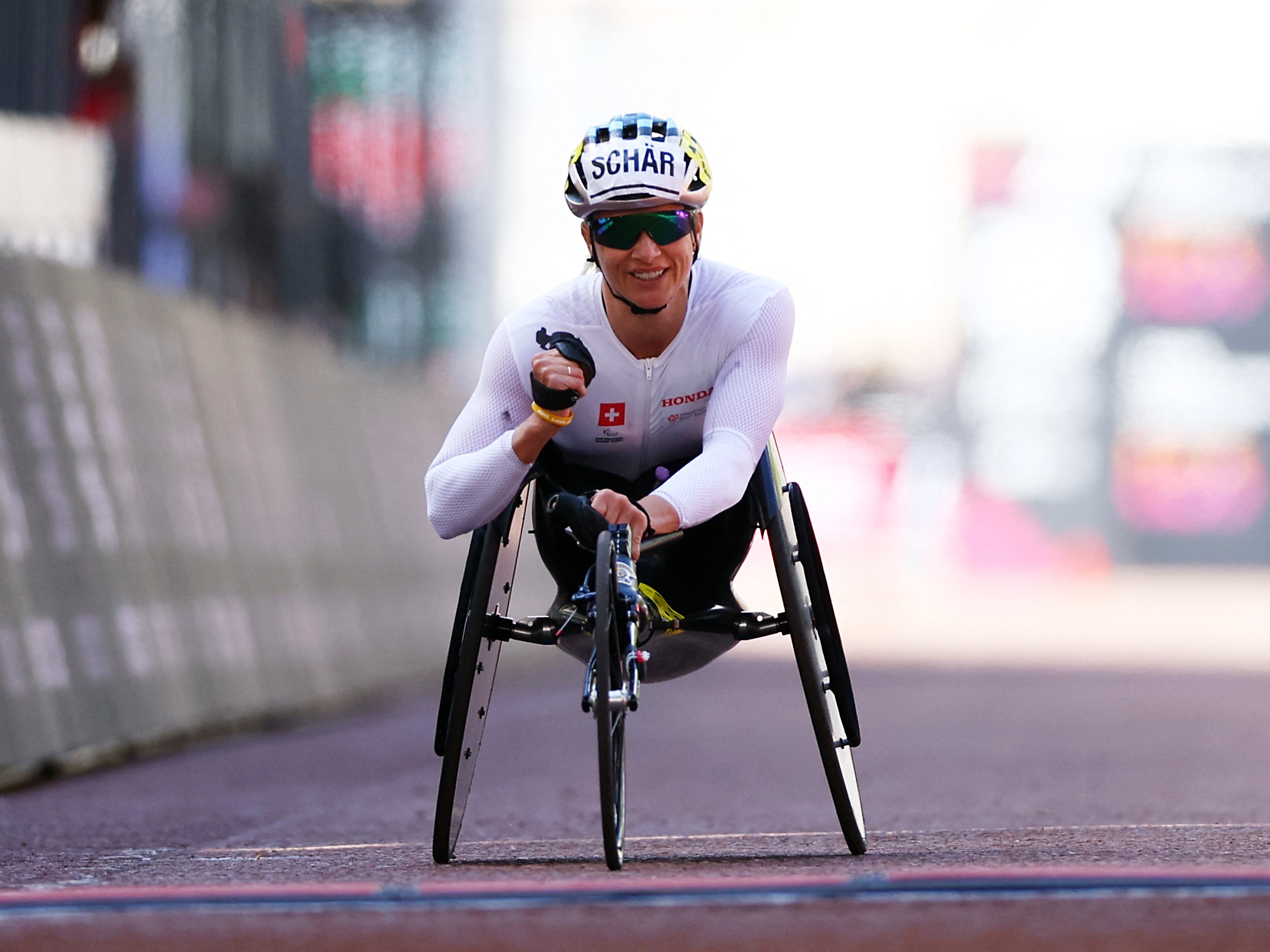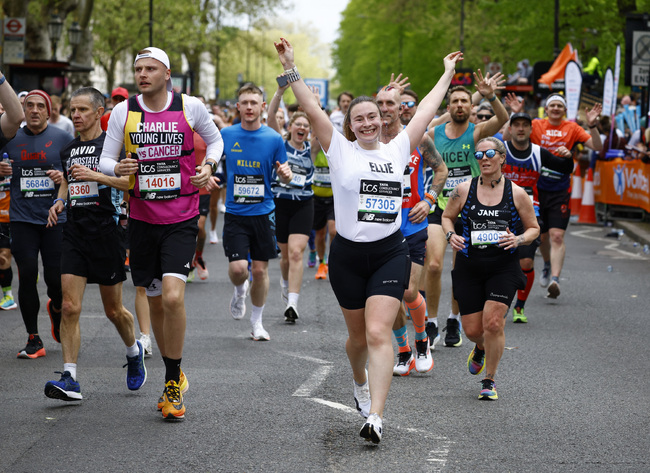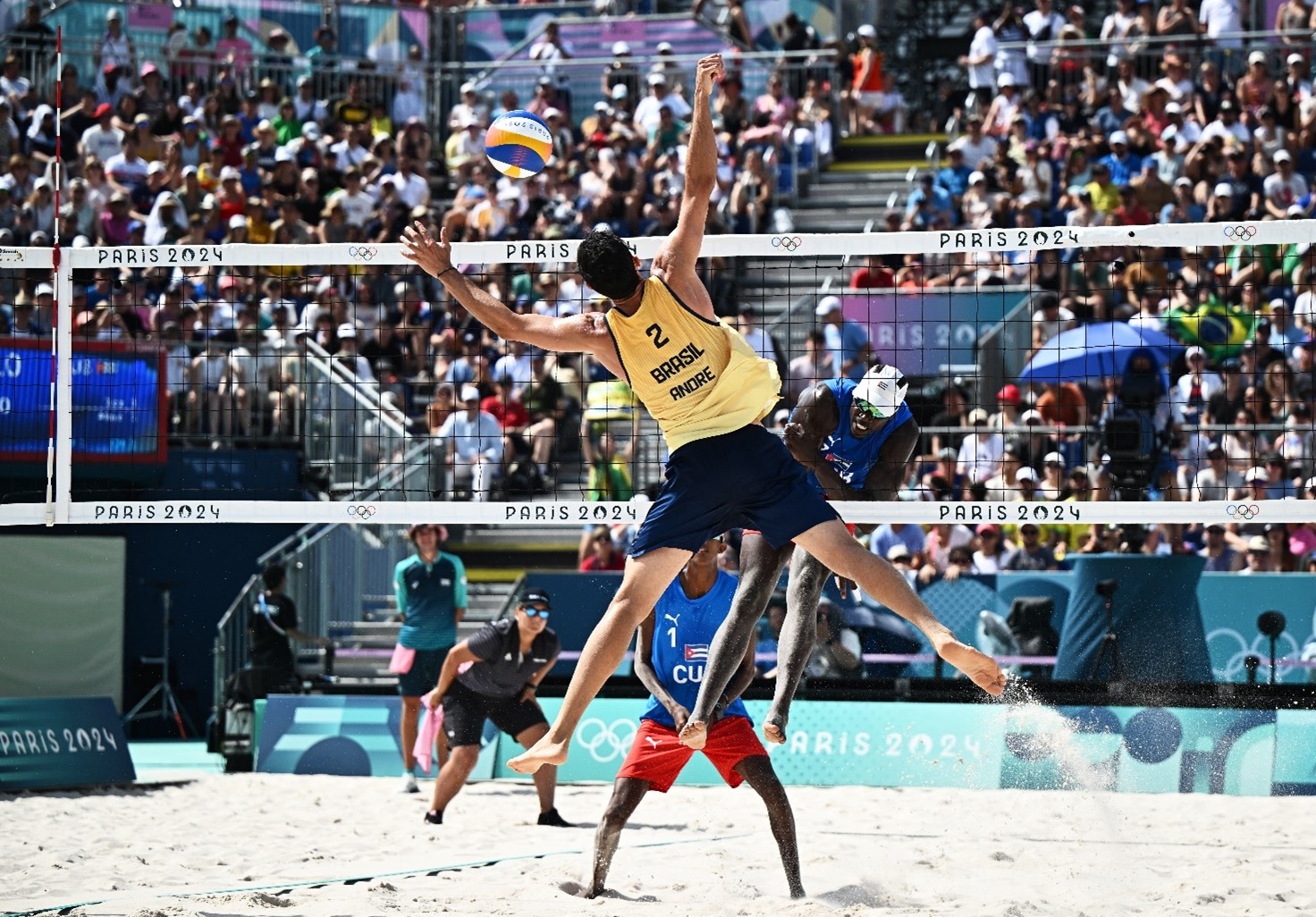London Marathon - London, Britain - Ellie Griffin and Charlie Muddyman in action during the marathon REUTERS/John Sibley
High blood pressure occurs when the force of blood against the walls of the arteries is consistently too high. This can cause damage to the arteries and lead to serious health problems such as heart disease, stroke, and kidney disease. Blood pressure is measured in millimeters of mercury (mmHg). It is recorded as two numbers: systolic pressure (the pressure when the heart beats) over diastolic pressure (the pressure when the heart rests between beats). A normal BP reading is 120/80 mmHg. The threshold is slightly different in different countries, but typically, hypertension is diagnosed when a person’s BP readings consistently exceed 140/90 mmHg during multiple measurements taken over time. Successfully controlling hypertension involves ensuring that BP levels are managed effectively, which remains a significant challenge globally.
Why Should We Care?
Medical practitioners refer to hypertension as the "silent killer" because most people with elevated BP don’t experience any symptoms. Across the world, only about half of those with hypertension are aware of it, yet less than a quarter have their BP under control(1). Blood pressure above optimal levels is linearly associated with an escalated risk of heart disease. With at least half of the world population unaware of their hypertension status, even an incremental advancement in population awareness and subsequent action could save millions of lives.
The good news for athletes is that exercise lowers blood pressure and boosts long-term survival from heart disease. Physical activity lowers death rates due to heart disease over time. It is not surprising that physical exercise is a cornerstone in the non-drug therapy for individuals with prehypertension (i.e., systolic BP between 130 and 139 mmHg and diastolic BP between 85 and 89 mmHg) and hypertension (i.e., systolic BP ≥ 140 mmHg and diastolic BP ≥ 90 mmHg). Although clinicians recommend exercise to manage hypertension, there is debate on which type is most effective. Aerobic exercise is the most common recommendation and includes activities that increase heart and breathing rates for an extended period, such as jogging or running.
However, there is a range of exercise types that clinicians can prescribe when managing patients with hypertension. Depending on the program’s target, clinicians can prescribe them in isolation or combination. They include:
1. High-intensity interval training (HIIT)
Which is alternating between short bursts of intense exercise and periods of rest or lower-intensity activity.
2. Aerobic interval training (AIT)
Similar to HIIT, AIT involves alternating between moderate to intense aerobic activity for longer periods with short periods of rest or lower-intensity activity.
3. Isometric exercise training (IET)
Muscle contractions without muscle length or joint angle. For example, wall sits, planks, etc.
4. Dynamic resistance training (DRT)
Continuous movement against an opposing force. Dynamic resistance training exercises include bicep curls, squats, lunges, and bench presses.
Researchers at Canterbury Christ Church University in the United Kingdom conducted a systematic review and network meta-analysis of 270 randomized controlled trials, attempting to evaluate the effects of all relevant exercise training modes on resting blood pressure to identify pragmatic anti-hypertensive exercise recommendations(2).
The researchers followed PRISMA guidelines and utilized a comprehensive search strategy across PubMed, Cochrane Library, and Web of Science, with PROSPERO registration—studies meeting inclusion criteria. The researchers included the data that provided baseline and post-intervention blood pressure values. Furthermore, they categorized the exercise protocols and stratified the analyses by baseline blood pressure levels.
The authors found a significant reduction in resting systolic and diastolic BP following all exercise modes except AIT alone. In general, the effects were greater in people with hypertension than in those with normal baseline blood pressure. Then, the authors ranked the order of effectiveness of different exercise modes (see table 1).
Table 1: Exercise effectiveness rank on reducing systolic BP(2)
| Rank |
Exercise Type |
| 1 |
Isometric Exercise Training alone |
| 2 |
Aerobic Interval Training plus Dynamic Resistance Training |
| 3 |
Dynamic Resistance Training alone |
| 4 |
Aerobic Exercise Training alone |
| 5 |
High-Intensity Interval Training alone |
This pattern was broadly similar for lowering diastolic BP.
One key advantage of IET lies in its lower time commitment. It is also a practical approach to exercise, which can enhance patient adherence. Yet, there are some limitations to the research on IET. The main limitation is that the number of studies available is much smaller when compared with AET and DRT interventions, either alone or combined.
Another limitation to consider when applying the results of this research relates to how BP is measured. There are many ways to measure BP, and there is considerable variability across different options; for example, readings can vary if BP is measured by a doctor as opposed to a home option. Clinicians consider the ambulatory blood pressure measurement (ABPM), measured over 24 hours, to be the most reliable and should be integrated into research studies as the primary outcome. Together, these limitations mean IET is not yet the first-line exercise treatment for lowering high BP but rather a complement to AET in addition to DRT.
Although HIIT was least effective at lowering BP specifically, perhaps its value lies in reducing overall cardiovascular risk and mortality. High-intensity interval training is time-efficient and convenient, making it easy for people to adopt and adhere to. It may be more valuable in specific populations, such as individuals who have suffered a stroke(3). High-intensity interval training lowers systolic BP by up to 7mmHg (potentially as high as 19mm Hg) compared to usual care and non-exercise interventions(3). These findings do have limitations and may be from low-quality evidence. However, the association of a 10–12 mm Hg reduction in systolic BP with a 30% lower risk of primary stroke is helpful in this population.
Weekend Warrior
A weekend warrior engages in vigorous physical activity, particularly sports or exercise, primarily on weekends while being less active during the week due to work or other commitments. These individuals often pack their physical activity into a shorter time frame, such as participating in intense workouts or weekend sports activities to compensate for being sedentary during the week.
Researchers in Mexico investigated the benefits of the weekend warrior physical activity pattern in Latin America(4). The region is home to a weekly physical activity intervention known as the Ciclovía Recreativa. The Ciclovía Recreativa is a simple yet impactful intervention where main roads are closed to motor vehicles, creating a safe space for people to exercise freely. Millions of individuals across Latin America participate in this event every weekend, with many stating that they wouldn’t exercise otherwise. Conservative estimates suggest that the Ciclovía Recreativa prevents approximately 360 premature deaths annually and results in cost savings of around $200 million per year across 15 cities in Latin America.
The research in Mexico City involved door-to-door interviews from 1995 to 1997 to recruit participants aged 35 or older. Trained nurses collected data during baseline surveys from 1998 to 2004, with a follow-up survey from 2015 to 2019. The researchers assessed leisure-time physical activity, categorizing participants into groups based on exercise frequency. They tracked mortality outcomes, including all-cause, cardiovascular, and cancer mortality, until December 2020. Furthermore, the researchers considered confounding factors such as age, sex, education, income, smoking, and diet.
The study aimed to explore the impact of the weekend warrior physical activity pattern on mortality in adults in Mexico City. Results showed similar reductions in mortality risks between weekend warriors and regularly active individuals, mainly when the weekend warrior exercise sessions lasted 30-60 minutes. This suggests that engaging in structured exercise sessions, even if condensed into weekends, could potentially contribute to better health outcomes, including hypertension control. However, further research is needed to directly investigate the impact of weekend warrior patterns on hypertension prevalence, management, and associated cardiovascular risks.
Conclusion
Aerobic exercise training, dynamic resistance training, combined training, high-intensity interval training, and isometric exercise training are all significantly effective in reducing resting systolic BP and diastolic BP. Although there is emerging evidence for the superior effectiveness of isometric exercise training, there is likely a way to go before it is recommended over more traditional aerobic or dynamic resistance training.
References
1 Roth GA, et al. Journal of the American College of Cardiology. 2020
2 Edwards JJ, et al. Br J Sports Med. 2023
3 Moncion K, et al. Br J Sports Med. 2024
4 O’Donovan G, et al. Br J Sports Med. 2024








